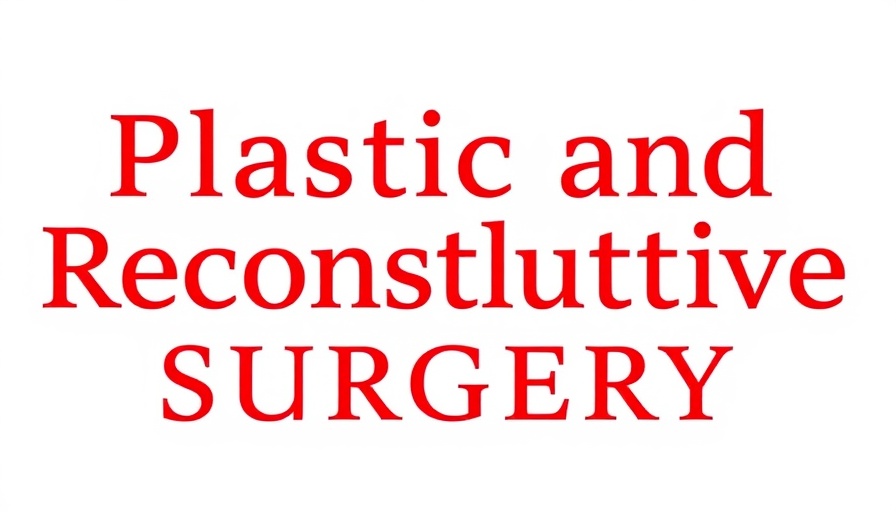
Toe Transfer Surgery: A Lifeline for Amputation Survivors
In a groundbreaking study published in the esteemed Plastic and Reconstructive Surgery journal, toe transfer surgery is emerging as a hopeful alternative for individuals facing the devastating effects of finger amputations. This surgical technique isn't just a creative workaround; it may significantly improve hand function and quality of life compared to traditional replantation methods.
The Case Against Finger Replantation
When someone suffers a finger amputation—affecting approximately 45,000 Americans yearly—the usual go-to solution is to attempt replantation of the severed digit. However, this process isn’t always successful and can sometimes lead to even more complications down the line. Dr. Fu-Chan Wei, leading the charge in this research, reveals that toe transfer surgery can provide better long-term results. The data from the study showcases that patients treated with toe transfers reported hand functionality almost three times better than those who underwent replantation.
Understanding Toe Transfer Surgery
So what exactly is toe transfer surgery? This innovative procedure involves taking one or more toes and using them to replace lost fingers. While it might sound bizarre, the results are compelling. In Dr. Wei's research involving 126 toe transfer procedures, the patients not only had enhanced hand function but also enjoyed notable improvements in their physical quality of life, as evidenced by health-related quality of life scores.
The Metrics of Recovery
Using validated tools like the Michigan Hand Questionnaire, researchers assessed the patients' functional improvements. Strikingly, those who underwent toe transfer had better outcomes than their counterparts who merely had digits replanted. It appears that the severity of the initial injury does not dampen the toes' effectiveness; rather, greater injuries often yielded more profound enhancement in hand function following the toe transfer.
Statistical Triumphs Over Surgical Norms
Results show that toe transfer surgery isn’t just a quirky alternative but a statistically significant improvement over traditional methods. Patients in the toe transfer group had commendable scores in hand function, with physical health metrics aligning closely to that of the general population post-surgery. In hindsight, this research pricks the balloon of long-held assumptions surrounding finger amputation recovery procedures.
Shifting Perspectives for Future Treatments
The implications of this research extend beyond just the technical file of medical practices. It challenges the conventional wisdom that has favored replantation, posing questions about how we assess surgical successes and long-term recovery. As medical professionals recognize these findings, we may see a shift in treatment protocols and patient options in emergency rooms across the country.
Your Surgical Options: What You Can Expect
If you or someone you know suffers from a finger amputation, the idea of toe transfer surgery may feel unorthodox yet promising. Patient reports indicate a significant recovery timeline, where they can regain mobility and use of their hands far more effectively than through replantation. This surgery opens a door for amputees, allowing them a richer engagement with life that many thought lost forever.
The Emotional Impact on Patients
Not only does this procedure promise headlines for the medical community, but it also offers emotional relief for patients. The ability to functionally use their hands again allows for independence, boosting confidence and overall well-being. It’s hard to put a price on regaining the small joys of life—like holding a loved one's hand or simply writing. This surgery represents hope where there was once despair.
Final Thoughts
As the landscape of recovery from finger amputations evolves, we should remain open-minded about alternative surgical options like toe transfer surgery. For those faced with a choice between replantation and toe transfer, it's vital to discuss these new findings with healthcare providers to determine the best route toward recovery.
 Add Row
Add Row  Add
Add 




Write A Comment